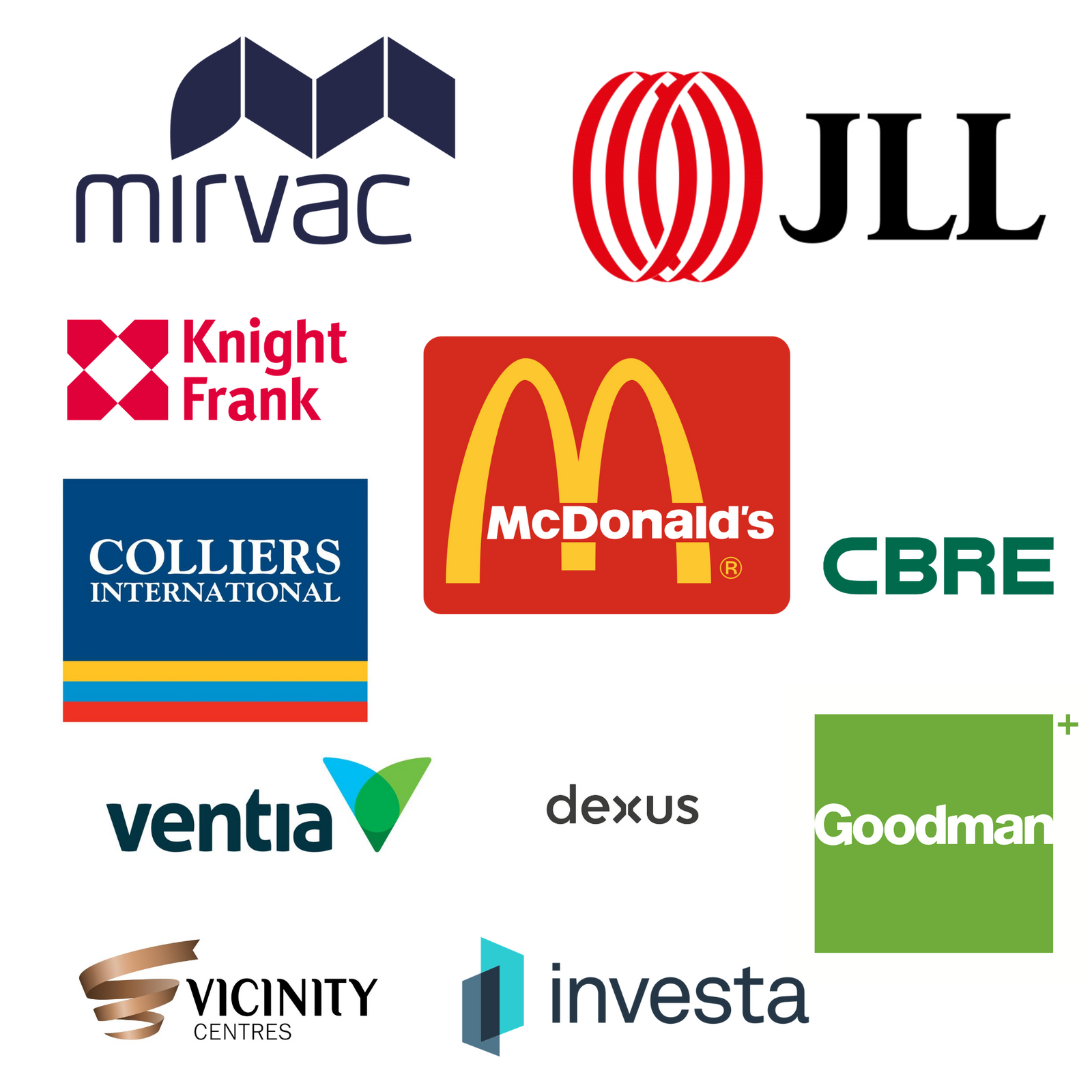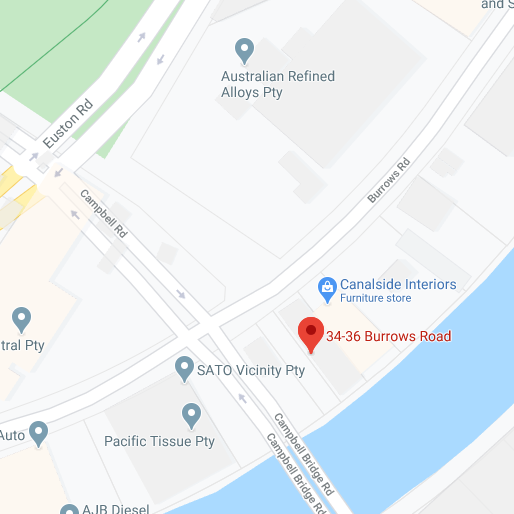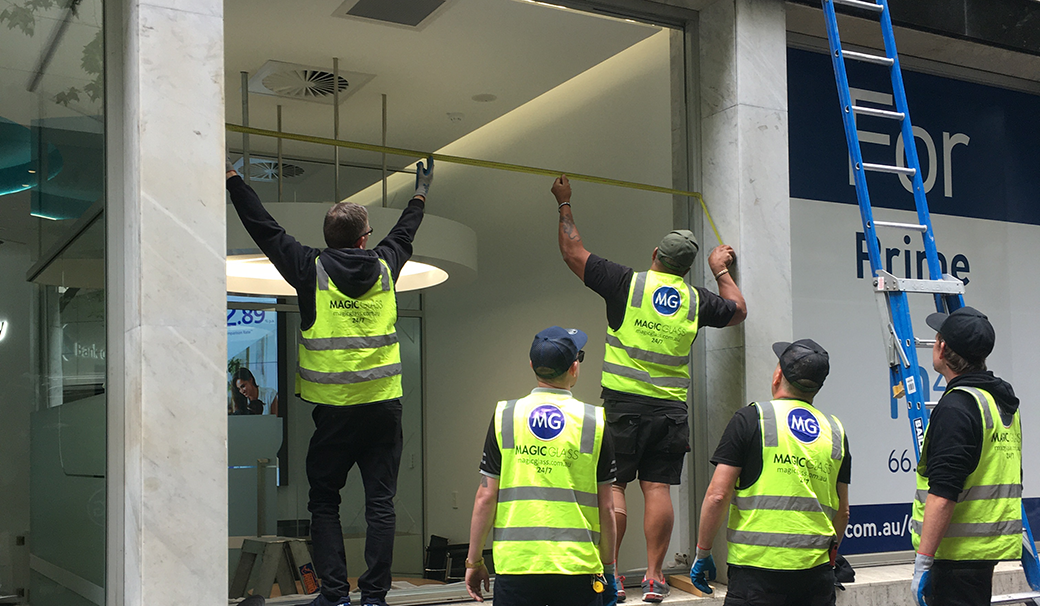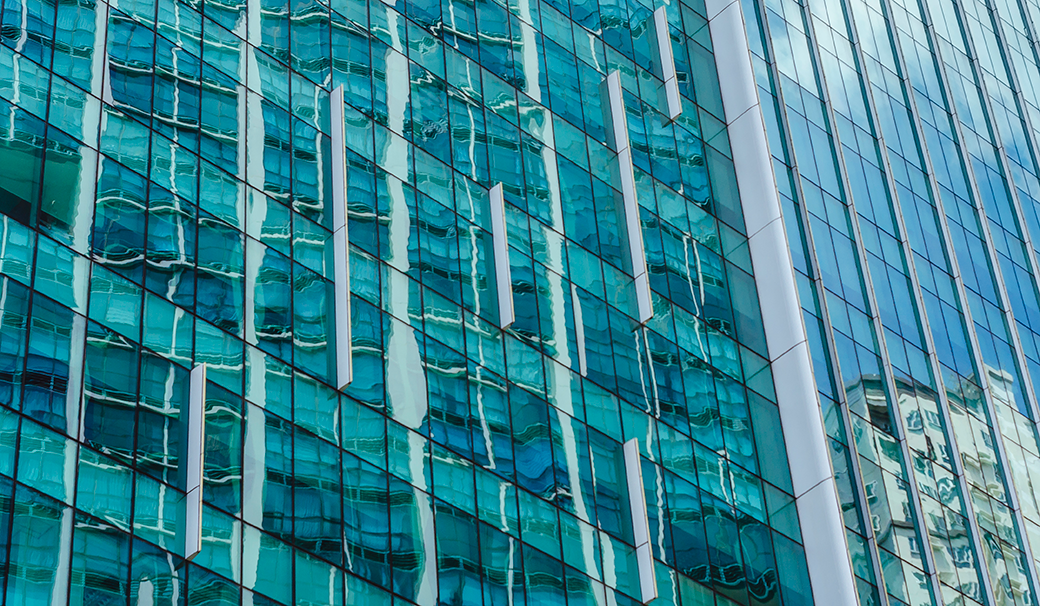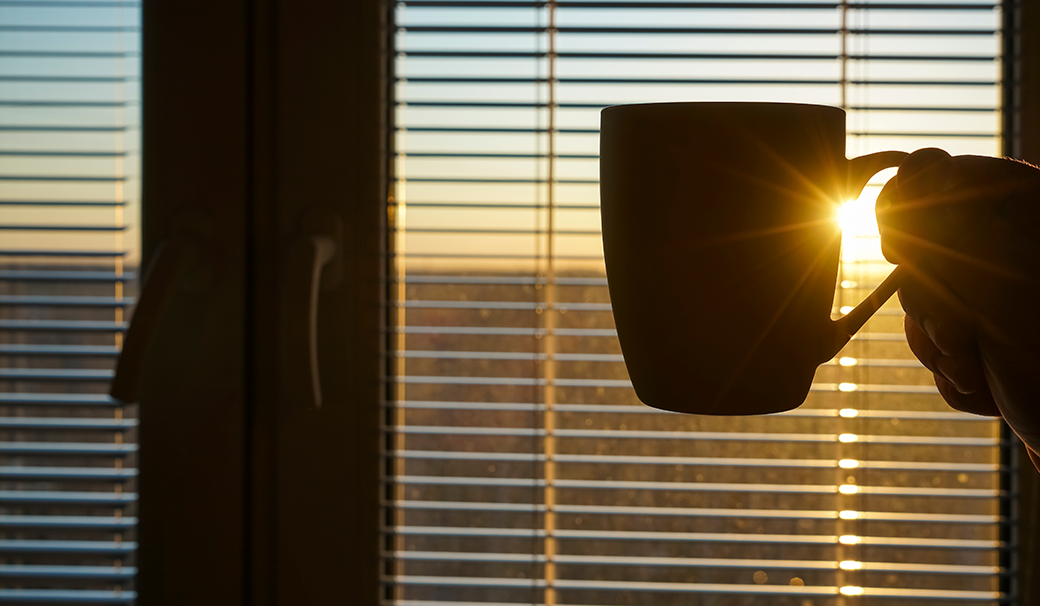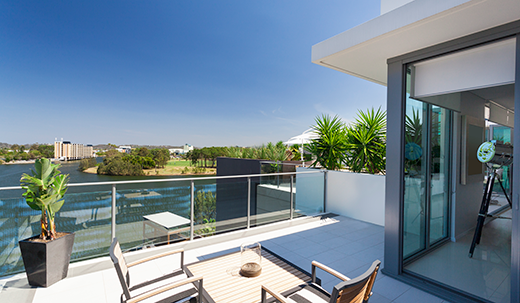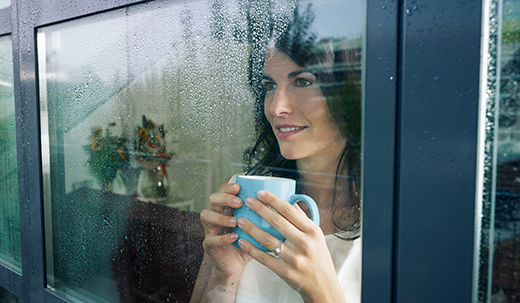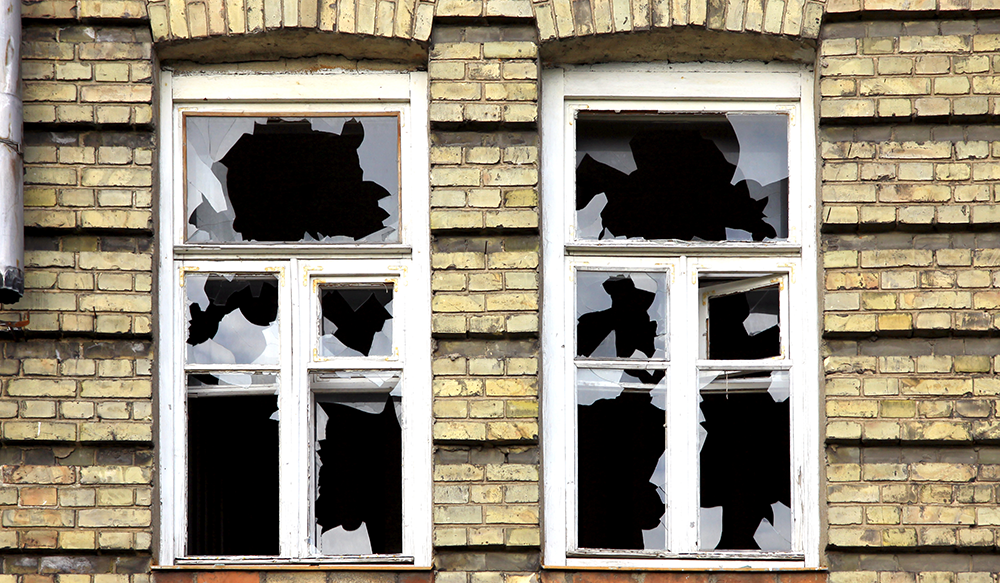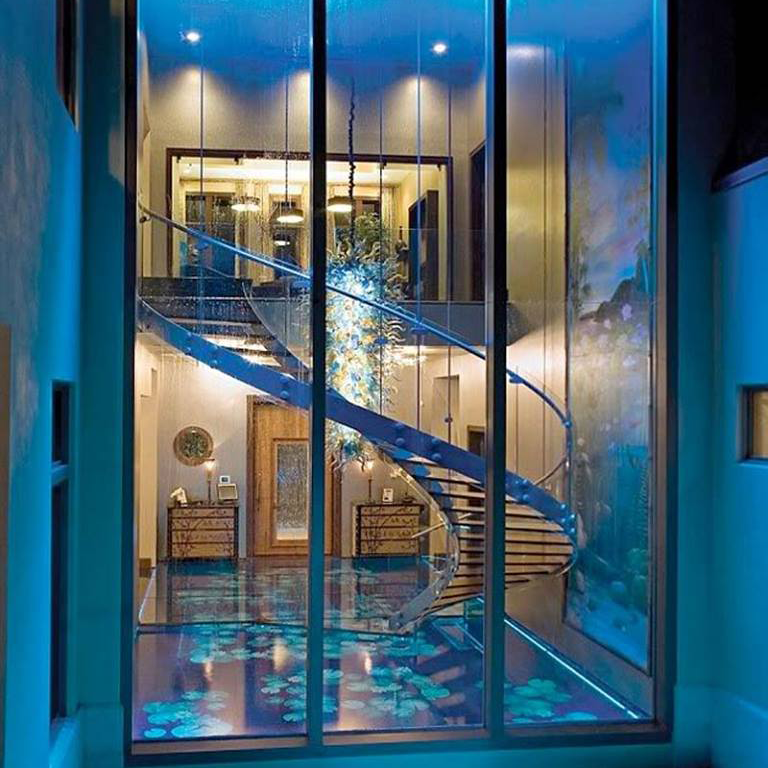Glass Blog
Regardless of the type of business you run, having a good storefront is critical in attracting customers, maximising security, and maintaining a solid business reputation.
What makes a shopfront good? Read on to find out.
Clutter-Free
No one wants to go into a store that looks cluttered and messy. Because of this, you should avoid putting too much signage and merchandise in your shopfront. Keep it relatively clear and make sure you clean it regularly.
Lighting
Making sure you have the right amount of lighting in your shopfront is also important in attracting potential customers. You want to have just enough lighting to illuminate your store and make it stand out, but not so much that it will appear overly-bright.
Security
Aside from drawing in customers, the main role of your shopfront is to keep your store secure. In order to achieve this, ensure the material your storefront is made from is strong and sturdy. If you want to install a glass shopfront, choose safety glass such as toughened or laminated glass. These glass types are significantly more resistant to force and less easy to break than standard annealed glass.
Easy to Maintain
Last but not least, for your sake, you want to ensure your shopfront is easy to clean and maintain. Select materials that stay cleaner for longer and don’t require excessive maintenance (such as glass and aluminium) over materials that get dirty quickly and require frequent touch-ups (such as timber).
If you’re wanting to install a new glass storefront in your business, call Magic Glass today. We can provide you with a free quote for a shopfront that will attract customers and keep your business safe!
Cladding systems are external wall systems that can be applied to the outside of buildings. They are used on both residential and commercial buildings, and offer numerous benefits including additional structural protection, noise and heat insulation, and improved aesthetics.
There are several different types of cladding, all of which have various pros and cons. Read on to find out about 6 of the most common types of cladding.
Vinyl Cladding
Due to its high durability, visual appeal, and low-cost, vinyl cladding is very popular in and around Sydney.
Made of a mix of PVC and other materials, vinyl cladding typically comes in the form of horizontally-placed panels. These panels can also be fitted with additional layers of insulation, allowing for greater thermal control within the building.
Compared to alternative cladding options, vinyl is considerably more lightweight, allowing panels to be completely flexible when covering a building. They are also available in countless colours, allowing for greater design versatility.
Timber Cladding
Timber is another popular material choice for cladding. It allows for an aesthetically pleasing finish as well as improved thermal insulation. Timber cladding is also eco-friendly and a great way for building owners to reduce their carbon footprint.
Timber cladding can, however, be costly and tricky to maintain. You’ll likely need to re-paint or re-stain your timber cladding every 3-5 years and take extra care to protect it from pests and rotting.
Stone Cladding
Stone cladding is more common for residential buildings rather than commercial buildings. It provides an elegant, luxurious finish for homes and is easy to maintain and highly effective in preventing moisture from getting in.
The main drawback of stone cladding is that it can be extremely expensive. Both material costs and labour/installation costs are very high.
Metal Cladding
Metal cladding, particularly aluminium cladding, is another very popular choice in Sydney. It provides a shiny and contemporary look for both residential and commercial buildings.
Metal cladding is popular because it’s versatile, easy to work with, lightweight, low-maintenance, cost-effective, and energy efficient. It is, however, susceptible to denting and is a poor sound insulator.
Brick Cladding
Brick cladding is another great option for adding a stylish touch to your building’s exterior. It is highly versatile when it comes to design, allowing for colour and textural customisation.
As brick is a very sturdy material, it provides a high level of protection against the elements and is very easy to maintain.
The installation of brick cladding can incur high labour costs, however, so it is one of the more expensive cladding options.
Glass Cladding
Last but not least, we have glass cladding. This type of cladding is most commonly used on commercial buildings to boost aesthetics and provide a modern and unique feel. It is also a great thermal insulator, requires little maintenance, and is capable of withstanding harsh weather conditions.
Glass cladding can, however, be expensive to install and clean, and is unsuitable for earthquake-prone areas.
For all your cladding installation, replacement, and maintenance needs, get in touch with Magic Glass. Our dedicated Rope Access Division can offer cost-effective and discrete cladding services for all buildings of all heights.
- Architectural Glass Solutions
- Building Maintenance
- Commercial Glass Installation
- Commercial Glass Replacement
- Commercial Glass Services
- Commercial Glazing
- Custom Glass
- Facade Services
- Glass Installation
- Glass Projects
- Glass Solutions
- Hi-Rise Glass
- High Rise Glass Services
- Rope Access
- Sydney Glass Company
Proper maintenance of your building’s exterior is critical not only in terms of visual appeal, but also in terms of safety and functionality. Conducting facade inspections, cleaning and repairs can be a complex and time-consuming process, however. Fortunately, the use of rope access can make facade maintenance much more simple.
What is Rope Access?
Rope access involves the use of ropes and harnesses to traverse the exterior of buildings to conduct inspections, repairs, removals, installations, and cleaning services.
Due to strict training requirements and safety standards, rope access is considerably safer than alternative access methods such as the use of scaffolding and cranes.
Why is Rope Access Ideal for Facade Maintenance?
Aside from being the safest access method, rope access is also a faster, less-disruptive, and less-expensive method of carrying out facade maintenance work.
With little set-up and pack-up times, rope access drastically reduces the time it takes to carry-out facade work. This, in turn, cuts costs associated with labour and equipment and makes the process much more straight-forward.
In addition, the lack of scaffolds, platforms and cranes makes rope access a much more subtle process. This reduces disruption to your building and its inhabitants and won’t compromise your building’s visual appeal.
Rope access is also much more ideal for facade maintenance as it provides workers with greater mobility and flexibility to move around the building. This allows them to reach more difficult-to-access areas with very little restriction from equipment.
If you’re wanting to make the change to rope access, get in contact with the Magic Glass team today. Our dedicated Rope Access Division offers an abundance of services that will keep your building’s facade clean, safe and functional.
- Anchor Point Installation
- Building Maintenance
- Commercial Glass Replacement
- Commercial Glass Services
- Commercial Glazier
- Commercial Glazing
- Facade Cleaning
- Facade Maintenance
- Facade Services
- Glass Maintenance
- Glass Services
- Glazing Services
- Hi-Rise Glass
- High Rise Glass Services
- Magic Glass
- Rope Access
- Window Cleaning
When it comes to reducing noise pollution, many people choose to install soundproof glass into their windows and doors. Before doing this, however, it is important to weigh-up your options as there are different types of soundproof glass, all of which have various pros and cons.
The two main types of soundproof glass are double-glazed and laminated glass.
Double-glazed glass is simply glass panels that have two panes instead of one. The space between the two panes is filled with either air or argon to further insulate the panel.
The pros of double-glazed glass is that it’s very energy efficient, weather resistant and soundproof. The main con, however, is that it can be expensive to double-glaze your windows.
Laminated glass is similar to double-glazed glass in that it is manufactured using two panes. The space between these panes is filled with PVB (polyvinyl butyral), a type of resin that is highly effective in blocking out sound.
Similarly to double-glazed glass, laminated glass is energy efficient, weather resistant and soundproof. It’s also effective in blocking out UV rays.
Laminated glass is challenging to install, however. Not installing it properly will result in it being less effective in both thermal control and soundproofing.
Both types of glazing have similar STC (Sound Transmission Class) ratings, so what it ultimately comes down to is price and convenience. Laminated glass is cheaper, however there are challenges with installation so you should always seek the help of a glazing professional.
If you’re wanting to further soundproof your building, get in touch with the Magic Glass team today. We can custom-make and install both double-glazed and laminated glass panels that will aid significantly in blocking external sound.
- Commercial Glass Installation
- Commercial Glass Replacement
- Commercial Glass Services
- Custom Cut Glass
- Custom Glass
- Custom Glass Installation
- Double Glazed Windows
- Energy Efficient
- Glass Cut to Size
- Glass for Home
- Glass Installation
- Glass Pane
- Glass Replacement
- Glass Services
- Glass Solutions
- Glass Walls
- Laminated Glass
- Office Space
- Shopfront
- Toughened Glass
- Window Services
The use of Low-E coated glass has been a game changer in boosting the energy efficiency of buildings. With an estimated 70% of energy loss occurring through windows and doors, and 90% of window energy loss occurring through the glass, Low-E coatings have helped drastically in keeping heat in or out of commercial buildings and houses.
What is Low-E Glass?
Low-E (or low-emissivity) glass is designed to minimise the amount of infrared and UV radiation absorbed by glass, without reducing the amount of light entering the building.
The glass has a very thin, transparent coating that reflects heat back inside or outside the building. This helps keep the temperature in your building consistent by reflecting the internal temperature back inside.
Types of Low-E Coatings
There are two different types of Low-E coatings. Which one is best for you is based predominantly on your area’s climate.
Hard-Coat (Passive) Low-E Coatings
Hard-coat Low-E coatings are applied to glass immediately after it is removed from the furnace. The heat causes the coating to fuse onto the glass as it is cooling down. The fusion creates a strong bond (or hard-coat) that is highly durable.
Hard-coat Low-E glass is used predominantly in climates where the temperature can get extremely low. This is because the hard-coat glass allows some of the sun’s short-wave infrared energy to pass through, whilst keeping the long-wave heat energy inside. This keeps buildings nice and warm when it is cold outside.
Soft-Coat (Solar Control) Low-E Coatings
Soft-coat Low-E coatings are applied to pre-cut glass in a vacuum chamber once the glass has cooled. This type of coating must be sealed in an insulated glazing unit (IGU) or laminated glass unit for longevity and optimal performance.
Soft-coat Low-E glass has lower emissivity and higher solar control performance. It has better UV protection and is overall more effective. For this reason, it is ideal for use in cold to hot climates where it can reflect the warm or cool air back into your building, with minimal leakage outside.
Installing Low-E glass into your home or business can significantly improve your building’s energy efficiency, in turn reducing your carbon footprint and saving you money. It can also prevent damage to your furniture and internal decor by blocking out harmful UV rays.
If you’re considering upgrading to Low E glass, contact the Magic Glass team today! We can provide you with a free quote and help advise you on what options are best for your building.
- Commercial Glass Replacement
- Commercial Glass Services
- Custom Glass
- Custom Glass Installation
- Energy Efficient
- Glass Company
- Glass for Home
- Glass Options
- Glass Replacement
- Glass Services
- Glass Solutions
- Glass Window Replacement
- Glazing Services
- Residential and Commercial
- Sydney Glass Company
- Window Replacement Service
- Window Services
Owning or managing a large scale commercial or residential building comes with a vast amount of legal responsibilities. If you are a building owner, Building Manager or Strata Manager, you are responsible for providing all residents, workers, and visitors with a safe environment. This includes ensuring they are protected from any glass related accidents.
Whether major or minor, glass accidents are dangerous and can pose the risk of injury and even death. If the accident is found to be a result of the building not being up to safe standards, Building and Strata Managers can be liable for negligence.
To ensure the glass in your building is safe, the first thing you must do is check that it is compliant with Australian Standards AS2208-1996 and AS1288-2006. These are the standards relating to safety glazing materials in buildings and glass in buildings, respectively.
AS2208 and AS1288 present the circumstances in which you must have safety glass installed instead of standard glass. As the name suggests, this glass is safer and stronger than typical glazing units.
These standards also state requirements relating to the thickness and dimensions of glass doors and panels, balustrades and glass used in schools, childcare centres, and nursing homes.
Ensuring all glass in your building is up to Australian standards can be a strenuous activity, but it must be done. Fortunately, Magic Glass is here to support you along the way.
Magic Glass is a member of the Australian Glazing and Glazier Association (AGGA). We are proudly accredited by the AGGA as we have demonstrated how our products and services are safe and comply with Australian Standards. Being one of the founding members of the association, we take our accreditations seriously and strive to maintain the reputable standards we have set for ourselves.
Should you find that any of the glass in your building does not comply with the legal requirements outlined above, contact Magic Glass for a free quote to remove and replace the glass to all relevant Australian Standards.
Glass replacement is not just for when you have a broken window or door. It can also be a critical component in making your property safer, more energy efficient and more resistant to noise.
Read on to learn more about knowing when it’s time to replace your glass.
1. Unsafe/Old Glass
The Australian Standards around glass are always changing, so ensuring you’re in compliance with them is important.
If your building is old and the glass hasn’t been replaced in a while, it’s worthwhile getting a professional in to have a look. They will be able to verify whether your glass is compliant and inform you of your options if it is not.
Remember: ensuring compliance with all Australian Standards is your legal responsibility if you are a building owner. You can be liable if there are any issues that occur as a result of non-compliant glass.
2. Fragile Glass
If your glass is fragile or standard single-pane, it may be time to think about upgrading to more secure glazing units - especially if you have children.
Installing toughened or laminated glass into your home will make a huge difference in improving safety and security.
These types of safety glass are difficult to break so they will make your property much more secure in the event of an attempted break-in or in harsh weather conditions.
In the rare event that they do break, both toughened and laminated glass are designed to either stay intact or shatter into much smaller pieces, as opposed to large sharp shards. This will prevent injury and make clean-up much easier.
3. Energy Wasting Glass
Standard, single-pane glass is also very energy-inefficient. It allows for easy heat transfer through your windows and doors, requiring more thermal control inside your home.
Upgrading to multi-glazed, laminated or low-emissivity coated glass is a great way to improve your building’s energy efficiency. These types of glass are great at insulating your home, keeping it cool during the summer and warm during the winter without you needing to blow your energy bill.
For more information on energy-efficient glass, read our How to Make Your Home More Energy Efficient Using Glass blog.
4. Loud Glass
If you’re finding that your glass is bad at blocking out external noise, it may be another sign to get a replacement.
Multi-glazed and laminated glass are much more sound-resistant than standard glass panels. They are great at keeping outside noise outside and maintaining the peace and quiet in your home.
Magic Glass are the experts in glass replacement. Whether you want to ensure your glass is compliant with current safety standards, make your home safer and more peaceful for you family, or boost the energy efficiency of your property, get in contact with our team today!
- 24 Hour Emergency Glass Replacement
- Aluminium Door Glass Replacement
- Aluminium Framed Windows
- Aluminium Window Services
- Aluminium Windows Glass Replacement
- Australia Window Regulations
- Australian Glass Quality and Compliance
- Building Maintenance
- Commercial Glass Replacement
- Commercial Glass Services
- Double Glazed Windows
- Energy Efficient
- Glass Maintenance
- Glass Replacement
- 24 Hour Emergency Glass Replacement
- 24 Hour Emergency Glass Services
- Broken Window
- Commercial Glass Replacement
- Damaged Window
- Emergency Window Replacement
- Emergency Window Services
- Glass Company
- Glass Replacement
- Glass Services
- Glass Window Services
- Glazing Glass Services
- High Rise Glass Services
- Magic Glass
- Shattered Window
- Sydney Glass Company
- Window Breakage



